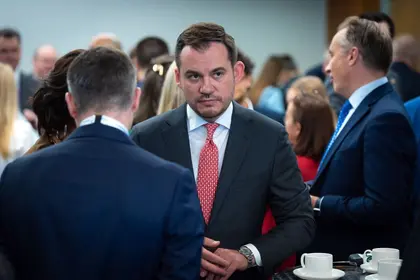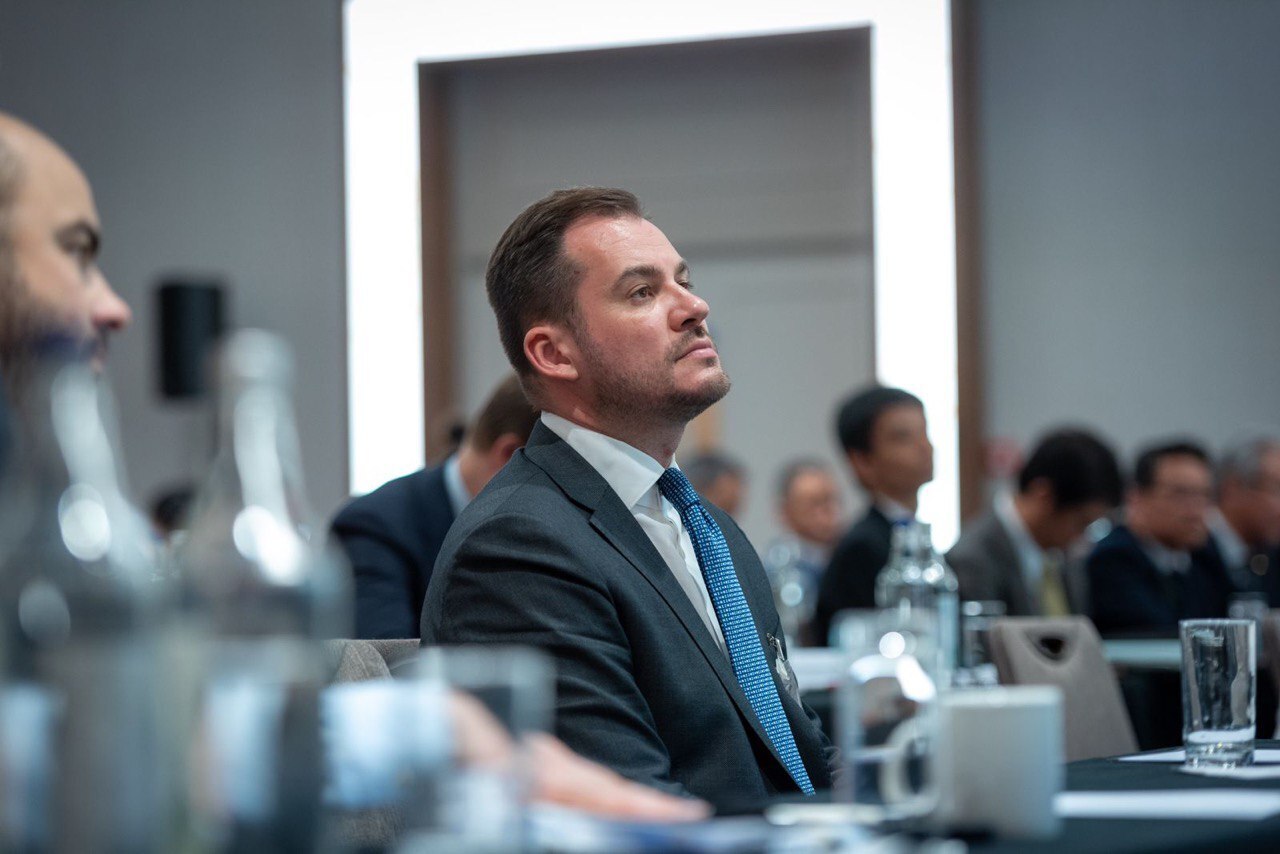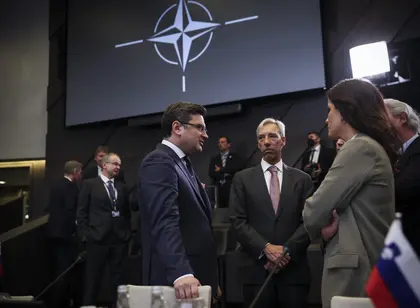The Ukraine Recovery Conference 2023 (URC) in London Conference was a great moment to show Ukraine’s plan for reconstruction and to start defining how to fund it. Can you give us some details about the biggest results of this event?
First of all, one of the biggest results was the securing of macro-financial aid in the amount of $60 billion, which will be provided over the course of couple of years for Ukraine. This will be sourced through different channels, some through national finance institutions, some with direct support for the budget.
JOIN US ON TELEGRAM
Follow our coverage of the war on the @Kyivpost_official.
In addition, we were able to generate a separate focus on specific projects and opportunities in a special zone of the URC, called the URC Marketplace. This marketplace zone had different industries, which were presented by different ministries and institutions from Ukraine, and we managed to gather more than 130 projects there. They are debt and equity financing – for state-owned enterprises, public sector and private sector – for the total amount of about $67 billion. Some of them are in the early stage, some of them are more advanced and fairly ready to start being processed. This was done through the platform “Advantage Ukraine,” which is the governmental platform for collecting interest from investors from one side and consolidating the projects from the locals, from the other side. The platform exists with the support of the USAID and the competitive economy program.

Ukraine Spent Nearly $2.5 Billion for ‘eRecovery’ Program, But It’s Not Yet Enough
Moreover, we managed to announce the creation of the Ukrainian Development Fund. For first time, we have a Ukrainian development finance institution. This is something that we had in mind, and this is the objective of the President [Zelensky]. We have BlackRock Financial Market Advisory as our key advisors in the creation of this fund. We finalized the blueprint, made the first announcements and presentation, and even managed to secure the first commitments to the fund… which we will now put into operational use.
A recurring topic for international investments is political risk. What about the announced creation of a war risk insurance pool?
We kicked off the creation of a separate war risk insurance pool for international reinsurers, where we want to mobilize the private reinsurance market. The idea is to use concessional and public finance to inject into this pool, which will be serving as the government backstop for any risks in the future. These private reinsurers, the big ones, will be able to use this as leverage and extend their facility for Ukraine. The existing institutions and the landscape for war risk insurance have also been upgraded. There were a couple of good announcements from MIGA and the IFC [members of World Bank Group]. They signed a joint declaration that they would be working together. We know that for instance Italy’s SACE is also very active in in providing coverage for Ukraine. One billion was announced in the conference in Rome about two months ago, and now we are seeing the potential implementation for this because there are a number of Ukrainian projects and borrowers that will be keen to secure this financing.
What role is being played by international donors for the restoration on Ukraine?
There was a separate topic about restoration, covered by the Ministry for Restoration. We understand that there is support from donors: first, to implement this restoration; also support from different institutions to set up the infrastructure for this restoration, like the transparent accountable platforms for procurement, reporting, etc. So, this is all on the way. The EBRD [European Bank for Reconstruction and Development] has signed a joint statement together with 18 development finance institutions from all over the world. The EBRD has also signed up for the creation of a special trust fund for the insurance of trade facilitations, where they will also be working with the private market insurers.
The number of investment projects for reconstruction already disclosed is very impressive. What is the procedure for selecting companies? Is there a centralized platform where any international company can submit its application, or are there some foreign government quotas?
There is the centralized platform, which was presented at the conference; it’s called “Dream.” So, the idea of the platform is to consolidate all the design drawings… all the projects that can be tendered, then bridge them with the procurement system in order to avoid a situation where donors are providing money for the same project twice or three times. This is something which will never happen now, because of this platform, which is based on the Ukrainian procurement system, adjusted and upgraded to make it more accountable.
What must the Ukrainian government do in order to obtain this generous financial support from Western countries?
We can separate it into two major blocks: we have the restoration, which is the rebuilding of the critical infrastructure, energy infrastructure, roads, bridges and schools that were damaged. The number fixed in the World Bank report was more than $400 billion, on the anniversary of the war [Feb. 24, 2023]. Whereas we understand that it’s getting to upwards of a trillion already.
This is one portion: rebuilding of infrastructure., That is the key precondition for the economic development.
Our goal now will be to focus on the economic development programs. We want to support our SMEs [small and medium-sized enterprises]. We are focusing on the IFIs [international financial institutions] and DFIs [development financial institutions] that make their financing available for the private sector in Ukraine. And we are helping Ukrainian business through this platform. Our goal is now to facilitate the absorption of those funds because there are a lot of IFI commitments. This is great, because a year ago we were not there yet. This year we finally reached the result when the funds became available.
The question now is how to use them. We’re okay with the restoration projects, because it’s fairly easy: you just need to do the design drawing and run the tender. It’s a no-brainer there. But then if you want to attract something for private sector investments, this is a more complicated process. You need to do the feasibility studies, assessments, financial models, audits, legal due diligence. So it’s a very time- and effort-intensive process. We invite all these players, the international finance institutions, not to stop. They need to be doing this work now – especially because they have the development component and the social support, and because of the nature of their mandate. They are actually doing this already, so our goal is to make sure that the first deals and the first pipeline of deals is financed by the end of this year.
You can also highlight the text and press Ctrl + Enter











